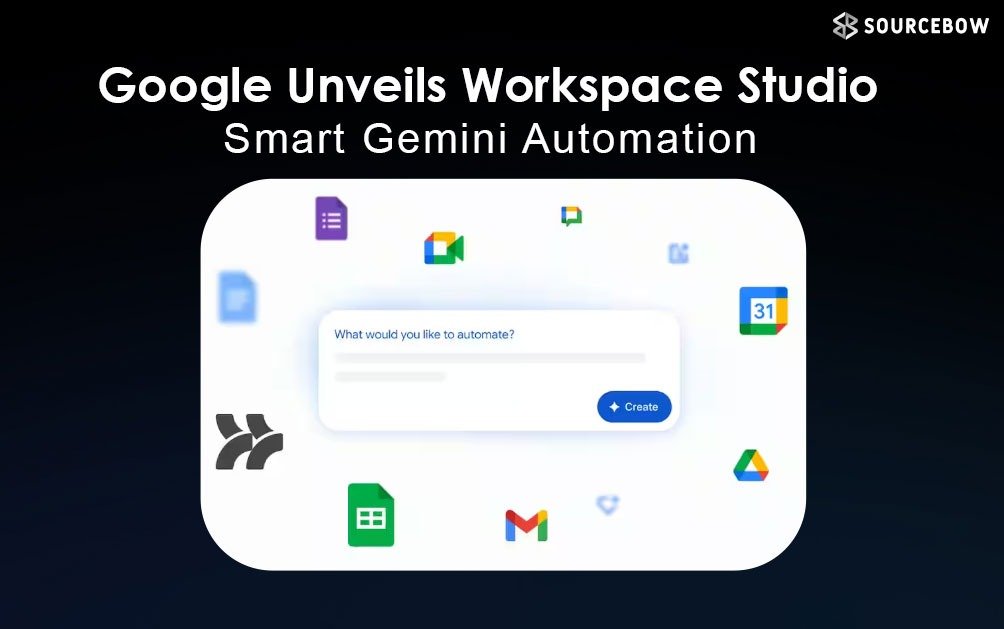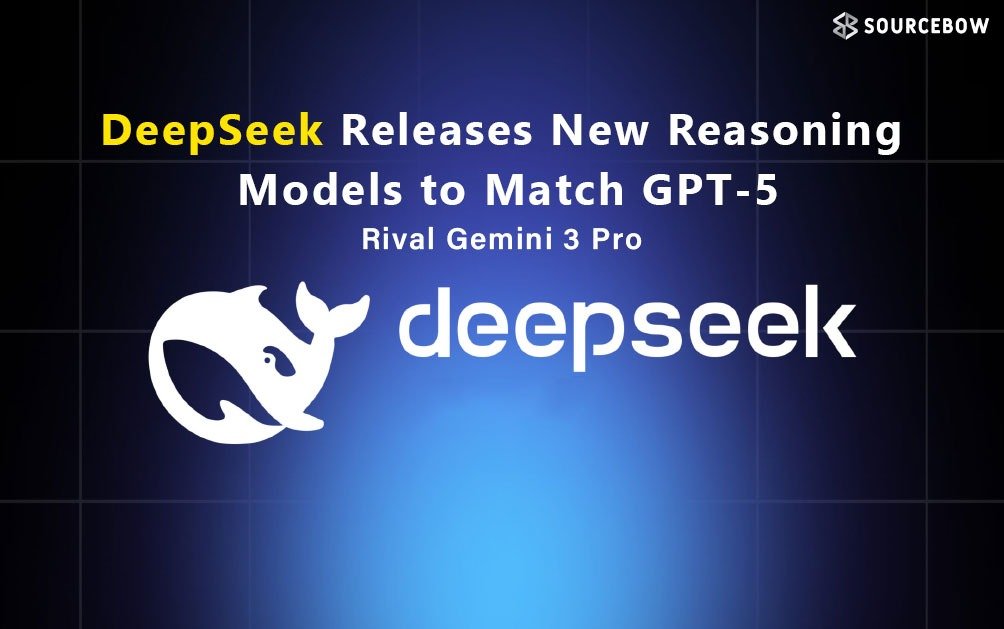We live in a time where data has quietly become the new gold. Every click, every purchase, every device we connect to the internet feeds into this massive flow of information. From the Internet of Things and self-driving cars to smart AI tools and even futuristic projects like Neuralink—everything runs on data.
But with this rising dependence comes the big, uncomfortable question: how secure is our data really when hackers befriend AI? The truth is, most of us don’t think about it until it’s too late. Meanwhile, cyberattacks and data breaches are exploding in scale and sophistication. Ignoring cybersecurity is like leaving the vault door wide open and hoping no thief notices. Eventually, someone will.
How Hackers Befriend AI as Their Secret Weapon
AI has become a productivity booster for millions of people. From writing code to generating reports, tools like ChatGPT or GitHub Copilot feel like having a supercharged assistant. But here’s the part that makes people pause—hackers are using it too.
Think of hackers befriend AI. It doesn’t get tired, it doesn’t question, and it’s surprisingly good at tasks that can be twisted for malicious purposes. One of the clearest examples is how easily AI can be nudged into writing harmful code.
Polymorphic, self-encrypting viruses
A simple request can produce something terrifying like a polymorphic, self-encrypting virus. For anyone not familiar with that jargon, it’s basically a virus that constantly changes its “appearance,” making it nearly invisible to most antivirus software. The chilling part is not that an expert hacker can do this—it’s that a curious teenager with free time could spin it up in seconds.
If that’s what happens in the hands of a beginner, imagine the damage from skilled cybercriminals.
When Companies Ignore the Basics
You’d think major corporations with billions at stake would lock down their defenses. But even the giants stumble. Back in 2023, Toyota admitted to a decade-long data breach that exposed millions of user accounts. A whole decade. It shows how often cybersecurity is treated as an afterthought until disaster forces attention.
The scary part is that the number and severity of attacks are only going up while many organizations are standing still. That combination is a recipe for catastrophe.
Why Social Engineering Is the Real Danger
The most dangerous weapon in a hacker’s toolkit isn’t always malicious code—it’s manipulation. Social engineering attacks, where hackers trick people into giving away access or information, now account for about 41% of major breaches.
AI-powered phishing attacks
Here’s how it works. Imagine a hacker wants the bank details of someone named John Doe. They gather details from social media: his age, job title, financial struggles. Feed all of that into an AI model, and it generates a highly convincing email designed just for him. It plays on urgency, fear, and consequences—pressuring him to click a malicious link.
It may sound like an obvious scam to spot, but studies show otherwise. A 2021 survey found that when phishing emails were personalized, their success rate jumped from 18% to 51%. That’s basically a coin flip. And when your personal data and financial security are on the line, do you really want to leave it to a coin toss?
Why Personal Data Is Not “Just Data”
It’s easy to shrug and think, “It’s only data, it’s not me.” But the truth is, data is deeply personal. It tracks habits, financial patterns, private conversations, even the smart devices inside your home. Each piece may look harmless on its own, but together, they form strings that someone skilled enough can pull to control you like a puppet.
If you’ve ever shopped online, stored personal files on your laptop, or used a voice assistant in your home, your digital footprint already exists. Protecting that data means protecting yourself.
Fighting Back with AI
The good news is that the same AI tools used by hackers can also be turned around for defense. It’s about fighting fire with fire.
AI for defense
For example, AI can help break down those endless, confusing “terms and conditions” documents into something readable, so you know how companies handle your information. It can also be trained to spot phishing emails and social engineering attempts—sometimes better than humans can.
AI for developers
Programmers, too, can use AI to handle boring, repetitive coding tasks. That frees up time to focus on the bigger picture—like strengthening systems for security, scalability, and efficiency. Used correctly, AI can be a powerful ally in building a safer digital world.
The Way Forward
As technology advances, the stakes only get higher. Moving forward as a society means more than just building new tools—it means making sure those tools are safe for everyone to use. Cybersecurity is not just a responsibility for IT teams; it’s something everyone has a role in.
The digital age won’t slow down for anyone. But if we start treating data security as seriously as we treat the technology itself, we stand a chance of keeping up.





